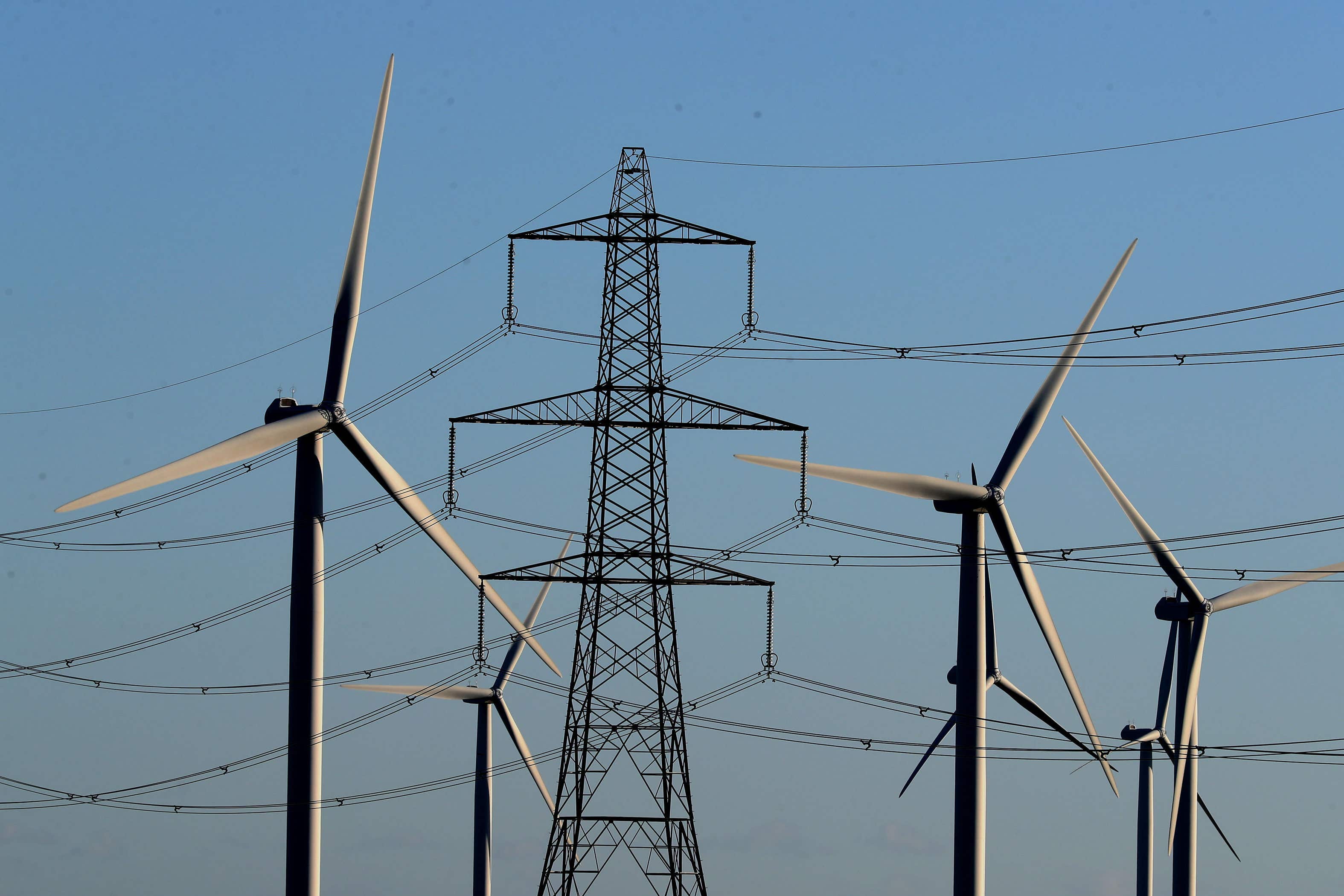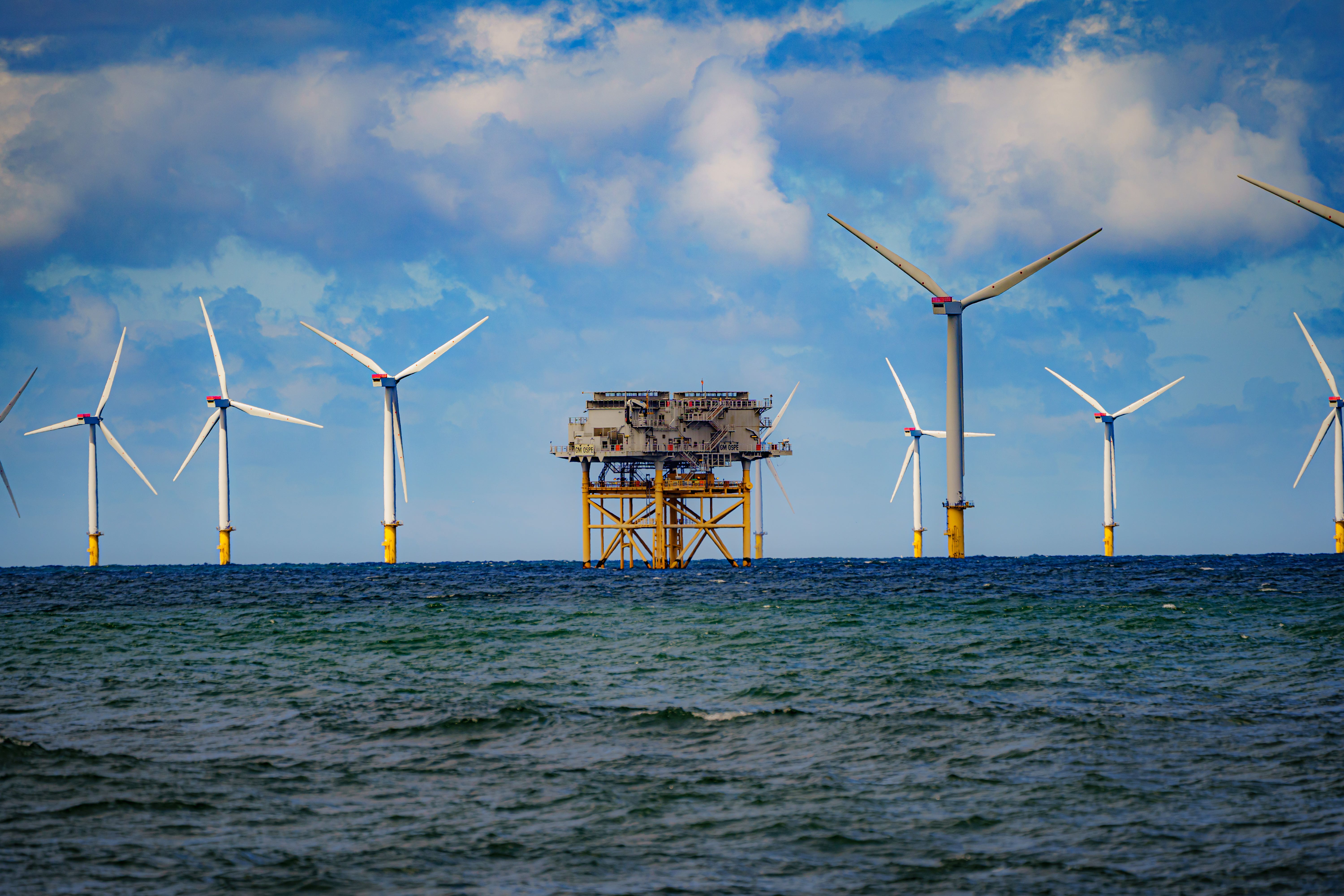How will the £58bn plan to bring electricity ‘motorways’ to the UK impact you?
New plans to expand the UK’s electricity grid will reach almost all regions

Your support helps us to tell the story
From reproductive rights to climate change to Big Tech, The Independent is on the ground when the story is developing. Whether it's investigating the financials of Elon Musk's pro-Trump PAC or producing our latest documentary, 'The A Word', which shines a light on the American women fighting for reproductive rights, we know how important it is to parse out the facts from the messaging.
At such a critical moment in US history, we need reporters on the ground. Your donation allows us to keep sending journalists to speak to both sides of the story.
The Independent is trusted by Americans across the entire political spectrum. And unlike many other quality news outlets, we choose not to lock Americans out of our reporting and analysis with paywalls. We believe quality journalism should be available to everyone, paid for by those who can afford it.
Your support makes all the difference.A £58bn plan to expand Great Britain’s electricity grid has mapped out proposals for power ‘motorways’ and offshore wind works which will span almost all regions by 2035.
National Grid’s electricity system operator (ESO) recommends a ‘high-capacity electrical spine’ from the North East of Scotland to the North West of England, alongside new offshore power connections.
Under the plans, 21GW of offshore wind would be connected to the grid, building on the ESO’s £54bn plan to connect 23GW of offshore wind, released in 2023.

The plans are in line with the government’s goal of decarbonising the country’s electricity system.
The system operator forceasts that 86GW of potential offshore wind generation could connect to Great Britain by 2035. They also predict new plans could sustain up to 20,000 jobs annually.
Below is a map of all the proposed new or upgraded electrical substations under the ESO plan:
The proposals would see several large-scale windfarms built along the north coast of Scotland, as well as new offshore lines to improve the link between Scotland and North Wales.
The largest concentration of new infrastructure or upgrade proposals are located in the North of Scotland, along the narrowest point of Scotland (near Glasgow), and around the Lincolnshire coast.
There has been some opposition to the development of new electrical infrastructure in the UK over recent years, oftentimes in the form of protest. This has lead to stalls in green developments.
Last year, Rishi Sunak was accused of bowing to demands of potential Conservative voters who oppose new wind turbines or pylons in their area.
In 2023, the prime minister eased the planning rules around onshore wind turbines following political pressure from his own party, designed to speed up the process.
Environmental groups had argued that the previous planning rules – in place since 2015 – are an effective ‘ban’, as small community groups are given the power to veto plans.
Despite the change, only seven applications for onshore wind turbines were made in 2023.
“We have to have a mechanism where we can move forward,” Labour leader Keir Starmer told BBC R4 in 2023.
“Because otherwise you get to a situation where everybody says, ‘There ought to be more renewables, onshore wind, but I just don’t want it near me’.”
Join our commenting forum
Join thought-provoking conversations, follow other Independent readers and see their replies
Comments